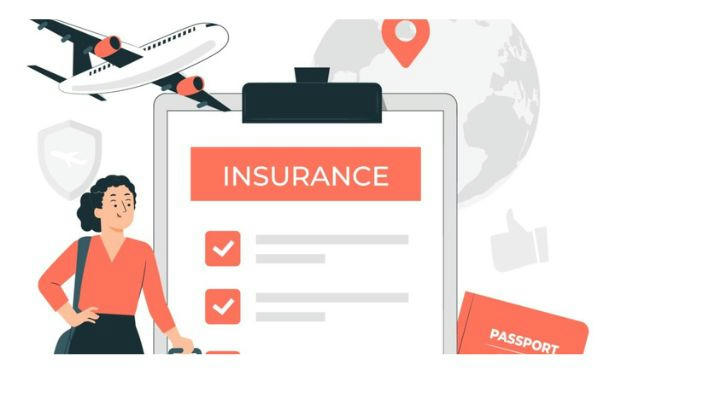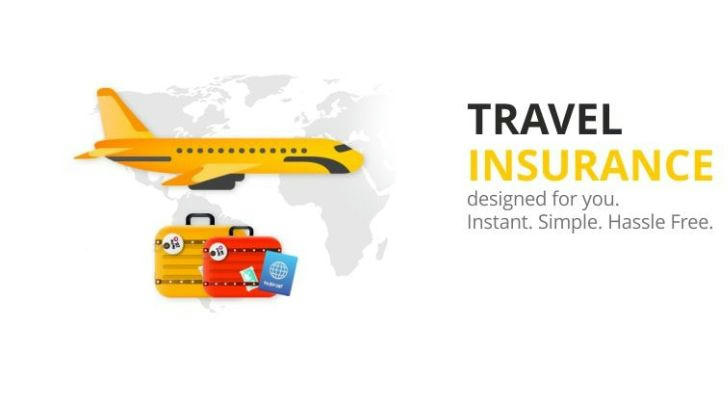the ultimate guide to travel insurance everything you need to know
Traveling is one of life's greatest pleasures, offering the chance to explore new cultures, cuisines, and landscapes. However, unexpected events like flight cancellations, medical emergencies, or lost luggage can turn a dream vacation into a nightmare. This is where travel insurance comes in. Travel insurance provides financial protection and peace of mind, ensuring that you can focus on enjoying your trip rather than worrying about potential mishaps. In this article, we’ll explore the different types of travel insurance, compare options, discuss pricing, and highlight discounts and offers to help you make the best choice for your next adventure

Types of Travel Insurance
Travel insurance isn’t one-size-fits-all. Depending on your needs, you can choose from several types of coverage:
1. Trip Cancellation Insurance
- What it covers: Reimburses you for non-refundable expenses if you need to cancel your trip due to covered reasons, such as illness, severe weather, or a family emergency.
- Why it’s important: Protects your investment in case unforeseen circumstances force you to cancel.
2. Medical Travel Insurance
- What it covers: Covers medical expenses incurred during your trip, including hospital stays, doctor visits, and emergency medical evacuation.
- Why it’s important: Essential for international travel, as many health insurance plans don’t cover medical care abroad.
3. Baggage and Personal Belongings Insurance
- What it covers: Reimburses you for lost, stolen, or damaged luggage and personal items.
- Why it’s important: Provides peace of mind if your belongings go missing during your trip.
4. Travel Delay Insurance
- What it covers: Compensates you for additional expenses (like meals and accommodations) if your trip is delayed due to reasons like flight cancellations or severe weather.
- Why it’s important: Helps you manage unexpected delays without breaking the bank.

5. Emergency Evacuation Insurance
- What it covers: Covers the cost of emergency transportation to the nearest medical facility or back home in case of a serious illness or injury.
- Why it’s important: Critical for adventure travelers or those visiting remote areas.
6. Cancel for Any Reason (CFAR) Insurance
- What it covers: Allows you to cancel your trip for any reason and receive a partial refund (typically 50-75% of your trip cost).
- Why it’s important: Offers maximum flexibility for travelers who want extra protection.
Comparison of Travel Insurance
Not all travel insurance policies are created equal. Here’s how to compare them effectively:
1. Coverage Limits
- Look for policies with high coverage limits for medical expenses, trip cancellations, and emergency evacuations, especially if you’re traveling internationally or engaging in high-risk activities.
2. Exclusions
- Read the fine print to understand what’s not covered. For example, some policies exclude pre-existing medical conditions or adventure sports.
3. Customer Reviews
- Check reviews to gauge the insurer’s reputation for customer service and claims processing.
4. Ease of Claims
- Choose insurers with straightforward claims processes and 24/7 customer support.
5. Geographic Coverage
- Ensure the policy covers all the destinations on your itinerary, including layovers.
Price of Travel Insurance
The cost of travel insurance varies depending on several factors:
1. Trip Cost
- The more expensive your trip, the higher the premium, as the insurer’s potential payout increases.
2. Trip Duration
- Longer trips typically cost more to insure.
3. Age
- Older travelers may face higher premiums due to increased health risks.
4. Destination
- Traveling to regions with higher medical costs or political instability can increase premiums.
5. Coverage Type
- Comprehensive plans with higher coverage limits and additional benefits (like CFAR) will cost more than basic plans.
On average, travel insurance costs 4-10% of your total trip cost. For example, a $5,000 trip might cost $200-$500 to insure.
Discounts and Offers on Travel Insurance
Travel insurance doesn’t have to break the bank. Here are some ways to save:
1. Multi-Trip Policies
- If you travel frequently, an annual multi-trip policy can be more cost-effective than buying separate plans for each trip.
2. Group Discounts
- Some insurers offer discounts for families or groups traveling together.
3. Early Bird Discounts
- Purchasing travel insurance soon after booking your trip can sometimes qualify you for a discount.
4. Loyalty Programs
- If you’re a repeat customer, some insurers offer loyalty
Conclusion
Travel insurance safeguards against unforeseen events like trip cancellations, medical emergencies, or lost luggage. It ensures financial protection and peace of mind while traveling. Choose a plan that suits your needs, covering health, accidents, and trip disruptions. It’s a small investment for a stress-free and secure travel experience.
